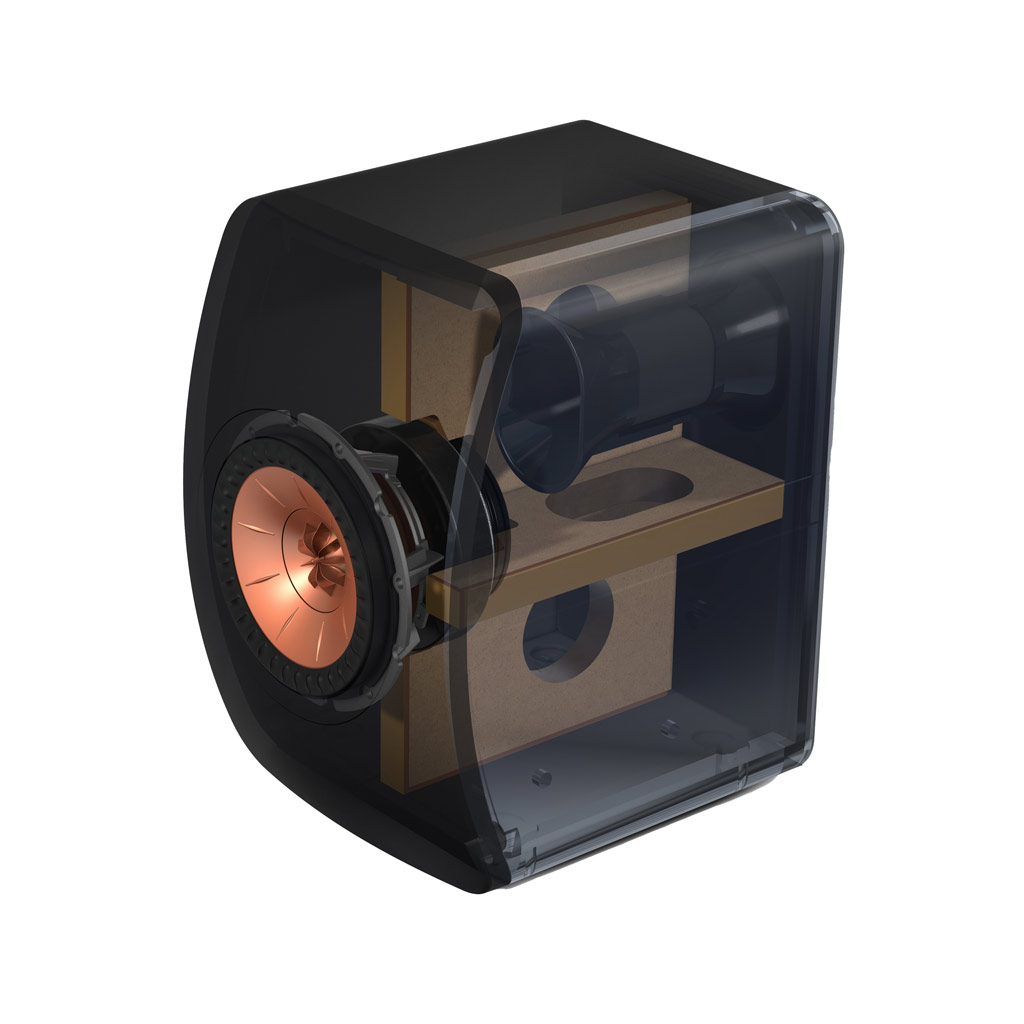

I had a pair for a short while and like you enjoyed them for the most part. The result of such meticulous attention to detail is that LS50 Meta produces the lowest coloration of any speaker in its class.I had a similar experience with the KEF LS50 Meta's. Inside the cabinet, cross bracing and Constrained Layer Damping (CLD) combine to deaden internal vibrations. The baffle itself is engineeredįrom an injection-moulded Dough Moulding Compound (DMC) usually found in the automotive industry.

The LS50 Meta’s extremely rigid cabinet is optimised for the best performance, with smooth curved surfaces that help radiate sound out across the baffle without any interference. This leads to improved clarity, with exceptional levels of depth and detail. Using Computational Fluid Dynamics (CFD), the flare and profile of the LS50 Meta’s patented off-set flexible port is calculated to delay the onset of turbulence and the flexible port walls prevent resonances from colouring the midrange.
#Kef ls50 meta driver
Much of the engaging performance is thanks to the clarity of the driver array, but the port design is also crucial. Of a modestly proportioned bookshelf speaker to deliver room-filling sound with deep, articulate bass. The same can also be said of bass performance, where LS50 Meta completely exceeds the expectations The result is reduced coloration, less distortion and a sound that is more transparent and life-like than previously possible. Using simulation and analysis tools and decades of accumulated in-house knowledge, our engineers have developed a new iteration of KEF’s signature driver array, with a new cone neck decoupler and motor system that is precisely shaped to reduce high-frequency distortion in the mid-frequency driver. The Uni-Q point source configuration delivers a more detailed, accurate and integrated three-dimensional sound image, which is dispersed so evenly throughout the room that the ‘sweet spot’ is wherever you are in the room. The tweeter in question sits at the heart of our 12th generation Uni-Q with MAT driver array. When combined, the channels act as an acoustic black hole, absorbing 99% of the unwanted sound that comes from the rear of the tweeter, eliminating the resulting distortion and providing a purer, more natural acoustic performance. Metamaterials are specially developed structures that use existing materials in such a way that they exhibit new, desirable properties that are simply not found in naturally occurring substances.Ī truly revolutionary tool in the KEF acoustic armoury, MAT is a highly complex maze-like structure, where each of the intricate channels efficiently absorbs a specific frequency. Instantly recognisable as the successor of the LS50, the LS50 Meta is born of the same KEF desire for continual development and is therefore fittingly the first loudspeaker to employ Metamaterial Absorption Technology1.Ī result of joint development with the Acoustic Metamaterials Group, using Metamaterial Absorption Technology (MAT) breaks completely new ground in loudspeaker design, and once again demonstrates KEF’s unrelenting passion for developing new technologies to improve your listening experience. The result is an icon in waiting : the KEF LS50 Meta Bookshelf Loudspeakers. Since then our engineers have been upholding KEF’s driving philosophy and searching out new technological breakthroughs. That was 2011, and time and technology have moved on. The LS50 was born out of KEF’s willingness to think outside the box, to constantly search for new materials, techniques and technologies such as the use of computer aided design and continuous enhancement of the KEF’s signature Uni-Q driver array. A loudspeaker that took its cues from the classic LS3/5A but was quickly recognised as a modern icon in its own right. The iconic LS50 was the physical embodiment of this singular approach. The goal of every KEF product is to do one thing: provide you with a revealing listening experience that is as true to the original recording as is possible within the confines of your room. Since 1961, KEF‘s mission has been to preserve the integrity of original sound with as little intervention as possible.


 0 kommentar(er)
0 kommentar(er)
